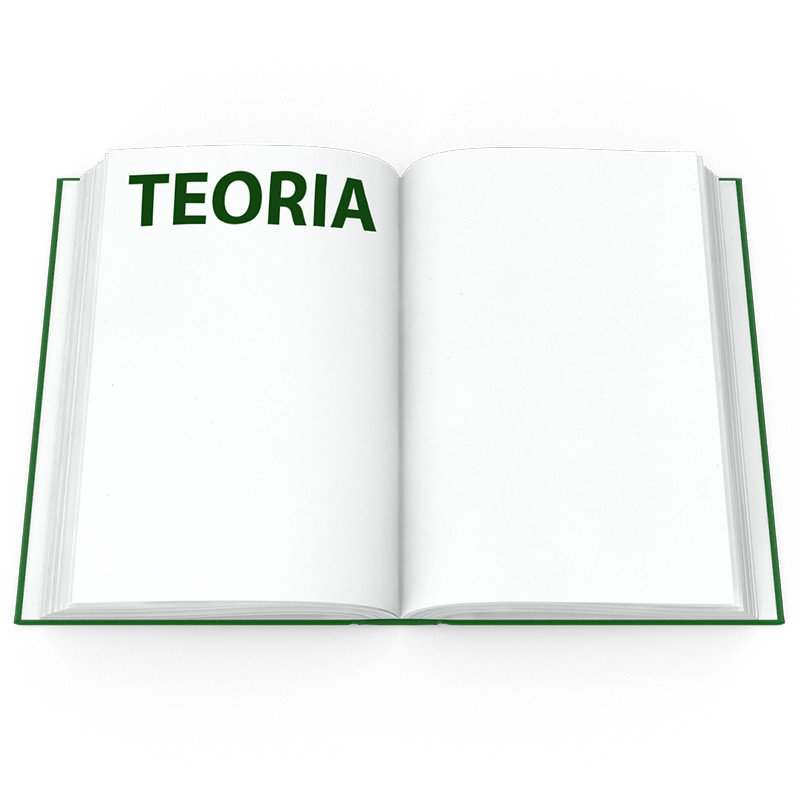

Debes estar logueado
Category


Las fotos son solo para fines informativos. Ver especificaciones de producto
please use latin characters
Los relés de estado sólido (SSR – Solid State Relay) son componentes utilizados para controlar la carga de corriente mediante un semiconductor controlado por un circuito electrónico aislado. La separación galvánica se realiza mediante un elemento optoelectrónico como un diodo emisor de radiación infrarroja, fotodiodo, fototransistor, fototiristor o fototriac. En el estado de reposo del relé, cuando no fluye corriente a través del LED en el circuito de entrada, el elemento optoelectrónico permanece apagado y su resistencia de sustitución es muy alta. Al activar el diodo, se irradia el fotoelemento y comienza a conducir, activando el circuito de carga. Esta solución permite aumentar significativamente la frecuencia de desconexión, elimina el fenómeno del arco eléctrico y permite alcanzar una durabilidad del orden de 109 .

La activación del relé, dependiendo del tipo, puede ocurrir mediante la aplicación de voltaje continuo (de 3V a 32V) o voltaje alterno (de 90V a 280V a 50Hz) al circuito de entrada. También es posible activar el relé por corriente. Dependiendo del propósito, se construyen para activar corrientes continuas y alternas. También se fabrican relés trifásicos utilizados, por ejemplo, para activar motores eléctricos trifásicos.
Distinguimos los relés:
Relés que activan en el cero" de voltaje – la conducción ocurre en el momento en que el voltaje de alimentación pasa por cero. Gracias a esta solución
Envíe una consulta¿Estás interesado en este producto? ¿Necesita información adicional o precios individuales? Contacta con nosotras
SOLICITA EL PRODUCTO
close
Gracias por enviar tu mensaje.
Responderemos lo antes posible.
SOLICITA EL PRODUCTO
close
Usted debe estar conectado Relé y contactor: diferenciasLos relés de estado sólido (SSR – Solid State Relay) son componentes utilizados para controlar la carga de corriente mediante un semiconductor controlado por un circuito electrónico aislado. La separación galvánica se realiza mediante un elemento optoelectrónico como un diodo emisor de radiación infrarroja, fotodiodo, fototransistor, fototiristor o fototriac. En el estado de reposo del relé, cuando no fluye corriente a través del LED en el circuito de entrada, el elemento optoelectrónico permanece apagado y su resistencia de sustitución es muy alta. Al activar el diodo, se irradia el fotoelemento y comienza a conducir, activando el circuito de carga. Esta solución permite aumentar significativamente la frecuencia de desconexión, elimina el fenómeno del arco eléctrico y permite alcanzar una durabilidad del orden de 109 . Diagrama de bloques del relé de estado sólido
La activación del relé, dependiendo del tipo, puede ocurrir mediante la aplicación de voltaje continuo (de 3V a 32V) o voltaje alterno (de 90V a 280V a 50Hz) al circuito de entrada. También es posible activar el relé por corriente. Dependiendo del propósito, se construyen para activar corrientes continuas y alternas. También se fabrican relés trifásicos utilizados, por ejemplo, para activar motores eléctricos trifásicos. ¿Cuáles son los tipos y aplicaciones del relé?Distinguimos los relés:
|